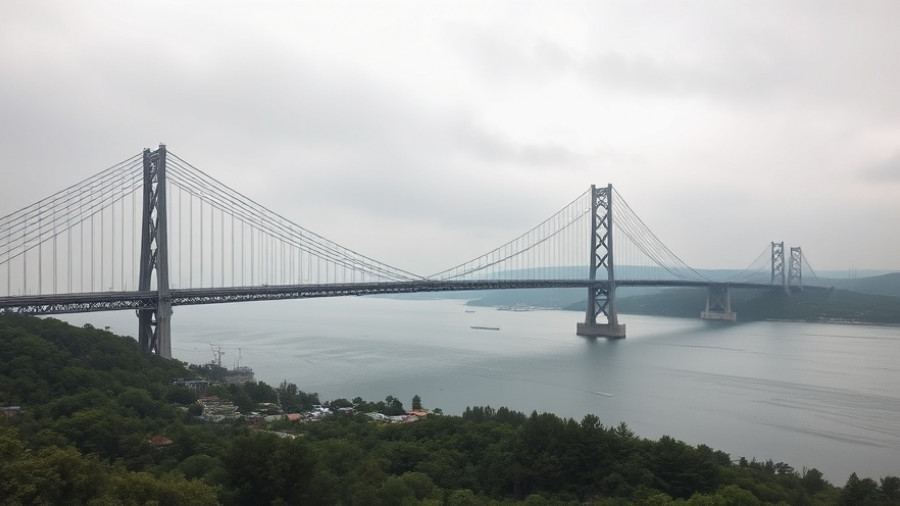
China’s Engineering Marvel: The Changtai Yangtze River Bridge
It’s official—China has unveiled the Changtai Yangtze River Bridge, now holding the prestigious title of the world’s longest cable-stayed bridge. Spanning an impressive 1,208 meters (3,960 feet), this engineering wonder dramatically reduces travel time between the cities of Changzhou and Taizhou from 80 minutes down to just 20. This bridge, which officially opened its doors to traffic on September 11, 2025, represents more than just a shortcut; it encapsulates the pinnacle of modern engineering and innovation.
A Unique Design to Meet Modern Needs
One of the most groundbreaking features of the Changtai Yangtze River Bridge is its asymmetrical design. While most traditional bridges feature a centered railway, this unique setup integrates an expressway, a regular road, and an intercity railway, optimizing the use of space and resources. This configuration ensures smoother traffic flow and provides emergency vehicles easier access during incidents, a critical factor in urban planning.
Innovations in Construction Technology
The construction of the bridge was not without its challenges. Engineers had to navigate strong water currents and uneven cable load due to its innovative asymmetry. They employed the world’s first intelligent tower crane, capable of precise millimeter-level placements, a feat that underscores the integration of technology into traditional construction methods. Additionally, reinforced foundations were added to withstand the Yangtze’s powerful currents, further ensuring the bridge's longevity and safety.
Boosting Local Economy and Connectivity
Beyond its engineering feats, the bridge is poised to invigorate local economies within the Yangtze River Delta. By shortening travel times significantly, it opens up new avenues for commerce, tourism, and community interaction between the two cities. Such infrastructural investments play a pivotal role in not just connecting communities but in enhancing the socio-economic fabric of the region.
Smart Technologies for Future Resilience
The Changtai Yangtze River Bridge does not only boast impressive feats of architecture and design; it also includes intelligent monitoring systems, equipped with permanent sensors to track minute structural shifts during multimodal traffic. These innovations are invaluable for proactive maintenance and long-term safety. The adaptation of smart technologies in bridge construction exemplifies a broader trend in infrastructure focused on sustainability and resilience.
Global Significance: Setting New Standards
This bridge is not just a local triumph; it sets new benchmarks on a global level. Alongside its designation as the longest cable-stayed bridge, it also holds the records for the largest-span combined road-rail steel truss arch bridge and the longest continuous length of steel truss girders. Such accomplishments showcase China’s commitment to leading in engineering advancements and will inspire countries worldwide to strive for innovation in their infrastructural projects.
Conclusion: A Call to Embrace Innovation
The opening of the Changtai Yangtze River Bridge is a momentous occasion for China that reflects a deep commitment to embracing innovation and meeting modern urban challenges. As the construction industry continues to evolve, recognizing and harnessing such advancements will be essential for the future of global infrastructure. Whether you are a homeowner, a contractor, or simply an enthusiast of technological progress, staying informed about these developments can inspire new ideas and motivate improvement in local projects.
 Add Row
Add Row  Add
Add 




Write A Comment